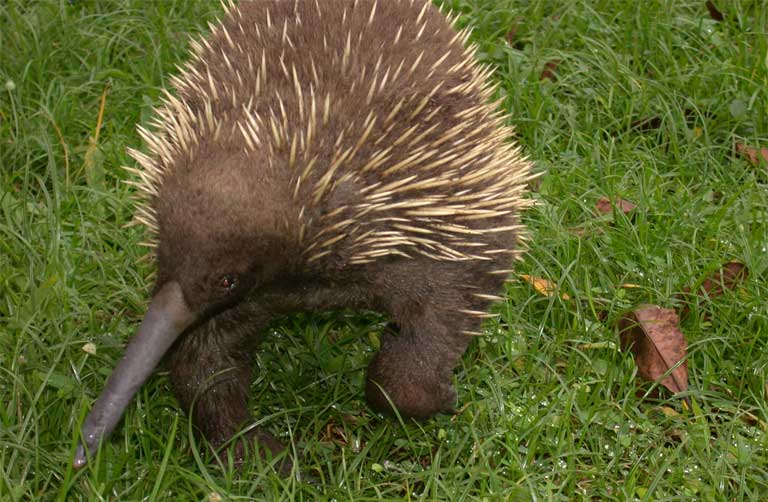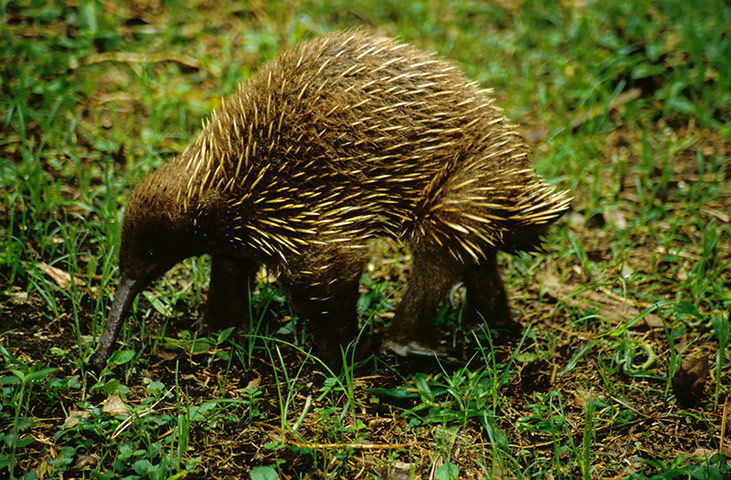List Of 5 Mammals That Lay Eggs!

In the vast tapestry of life on Earth, nature often surprises us with its diversity and ingenuity. Among the myriad forms of life, mammals stand out for their warm-bloodedness and nurturing behavior. Yet, within this category, a group of animals challenges our conventional understanding: the monotremes. These exceptional creatures, which encompass five distinct species, dare to lay eggs while nourishing their offspring with milk. Let's delve into the extraordinary realm of egg-laying mammals and explore their remarkable characteristics.
Monotremes: Defying the Norm
While the majority of mammals give birth to live young, monotremes deviate from this norm by laying eggs. The name "monotreme" originates from the Greek words meaning "single opening," a reference to the fact that these animals possess a single opening for both reproduction and waste elimination.
Monotremes inhabit the regions of Australia and New Guinea, rendering them a unique and exclusive group of creatures. Their elusive nature has shrouded them in mystery, and as a result, much remains unknown about their daily routines and mating rituals.
1. Duck-Billed Platypus: A Playful Enigma

With its enigmatic duck-like bill and streamlined body, the duck-billed platypus graces the waterways of Australia and Tasmania. Displaying an uncanny blend of aquatic grace and terrestrial adaptability, these creatures navigate seamlessly between land and water. What sets them apart is their ability to produce venom from spurs on their feet. While this venom can harm smaller animals, it poses no lethal threat to humans.
The platypus relies on its sensitive snout to locate its prey, primarily small aquatic organisms. It embarks on its reproductive journey at two years of age, engaging in multiple partnerships during its lifetime. Females retreat to secluded dens for egg-laying, with only one to three eggs laid per cycle. The birth of a baby platypus, called a puggle, is a testament to nature's wonder. Hairless and diminutive, it finds solace in its mother's protective pouch before graduating to an underground burrow.
2. Western Long-Beaked Echidna: A Curious Anomaly

Hailing from New Guinea, the western long-beaked echidna captures attention with its intriguing traits. This remarkable monotreme, the largest in its category, boasts a weight nearing 40 pounds. With a diet centered around earthworms, it employs its three formidable claws for both excavation and defense.
Mating season graces the echidna's existence for a single month during the summer. Females typically produce a solitary offspring. Sadly, the encroachment of illegal poaching and habitat destruction has placed these creatures on the precipice of extinction, with the western long-beaked echidna currently labeled as critically endangered.
3. Eastern Long-Beaked Echidna: A Nocturnal Enigma

The eastern long-beaked echidna shares its long-beaked trait with its western cousin but boasts a distinctive hue. Found in the same regions, these echidnas reveal their predominantly nocturnal tendencies as they scour the night for insects and earthworms. Despite their elusiveness, these creatures hold an air of vulnerability, earning them a "vulnerable" status in the realm of conservation.
4. Short-Beaked Echidna: Nature's Quilled Foragers

The short-beaked echidna, often referred to as the "spiny anteater," enchants with its hedgehog-like appearance. Covered in spiny quills, it employs its sticky tongue to capture termites and ants, serving as an example of adaptation at its finest. With no teeth to aid in digestion, its tongue proves essential in smashing its minuscule prey.
The reproductive journey of the short-beaked echidna spans approximately 20 to 30 days, culminating in the laying of a single egg. This hatchling, nurtured within a pouch, eventually emerges to explore its environment, embracing life beyond its mother's protection.
5. Sir David's Long-Beaked Echidna: A Tribute to Nature's Wonders

Named in honor of the esteemed naturalist Sir David Attenborough, this echidna occupies New Guinea's landscapes. It boasts the title of the smallest echidna species, yet its critical endangerment casts a shadow over its existence. Solitary in its habits, this creature joins its counterparts once a year during mating season. Female echidnas prepare well-insulated dens for their eggs, fostering a safe environment for the upcoming generation.
In the realm of monotremes, nature unfolds in unique patterns, reminding us of its boundless creativity. These egg-laying mammals challenge conventions and ignite our fascination with their extraordinary traits. From the playful platypus to the reclusive echidnas, monotremes showcase the intricate tapestry of life on Earth. As we peer into the lives of these remarkable creatures, we're granted a glimpse into the diverse and captivating world of nature's most unconventional offspring.



